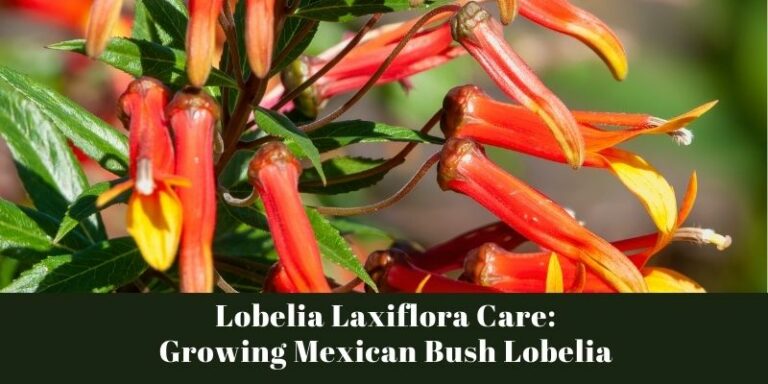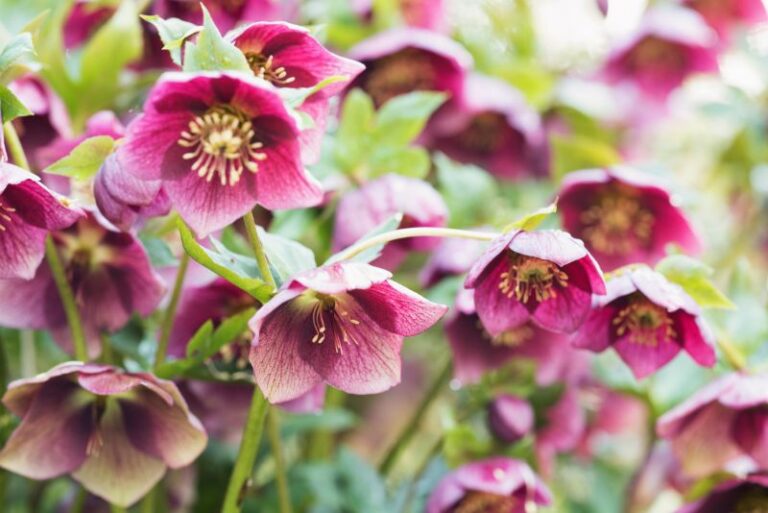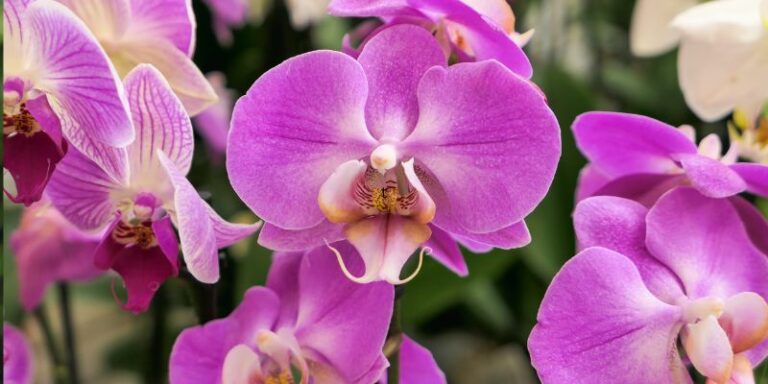Orchid Flower Colors: What Colors Do Orchids Bloom?
Orchids, renowned for their breathtaking beauty and diversity, capture the essence of nature’s artistry through their stunning array of colors. From the elegance of white Phalaenopsis to the passionate hues of red Cattleyas, these blossoms are celebrated for more than just their looks — they represent cultural significance and depth of symbolism.
For gardeners and nature lovers, cultivating orchids is akin to painting with nature’s richest pigments. If you find yourself fascinated by these floral wonders and are eager to unlock their colorful secrets, this in-depth exploration is for you.
The Chromatic Kaleidoscope of Orchids
Orchids are the prima donnas of the plant world, not only for their alluring symmetry and form but also for their kaleidoscopic array of colors. It’s no wonder that these extraordinary blossoms have inspired artists, poets, and designers for centuries. The orchid family alone boasts over 25,000 species, and each comes with its own unique flair in ‘floratones.’
Traditionally, orchids could be found in distinct hues, including white, pink, purple, red, yellow, and green, but hybridization efforts have pushed the boundaries, creating orchids in colors once unimaginable. Varied patterns and combinations further enrich the visual tapestry, making orchids a palette of inspiration for any creative mind.
The White Orchid — Purity and Elegance

A classic charmer, the white orchid signifies purity and mystique. The star-like finesse of white Moth orchids (Phalaenopsis) and the soft ivory notes of white Cymbidiums evoke a sense of tranquility and grace.
Pink Orchids — Grace and Femininity

With their delicate pink and lilac tones, varieties like the Dendrobium and the “Pink Lady Slipper” have become symbols of affection and femininity. Their blossoms, often heart-shaped, carry an air of tender elegance.
Purple Orchids — Royal Majesty

The regal purple shades in orchids such as the Vanda or the “Lavender Beallara” signify admiration and respect. These jewel-toned beauties are a crown of majesty in any setting.
Yellow Orchids — Sensuality and Prosperity

Golden and sunshine hues in the Oncidium and yellow Phalaenopsis depict joy and a zest for life. In many cultures, yellow orchids are associated with love and new beginnings, making them popular choices for gifts.
Red Orchids — Love and Vitality

Red orchids, including vibrant Mokaras and deep crimson Paphiopedilums, represent passion and energy. They are widely recognized as symbols of love and desire and make for striking centerpieces.
Beyond the Spectrum — Unusual Orchid Colors
Hybridization and genetic manipulation have led to a rainbow of unusual colors in orchids — from blue-tinted Dendrobiums to stark black Brassias. These unique colorations are not only rare but also highly sought after, adding an element of exclusivity to these already prized flowers.
Also Read: How to Plant, Grow and Care For Cattleya Orchids
Orchids and Their Color-Capturing Secrets
Orchid colors, much like a rich melody, are composed of several notes played in harmony. There’s more to orchid hues than meet the eye, and in the next section, we’ll explore the various factors that influence the color profile of these botanical gems.
Genetic Blueprints and Color Expression
The genetic makeup of an orchid is a predetermined roadmap for its color. Breeders often select parent plants with specific color traits, aiming to create hybrids with desired shades. This selective breeding has been instrumental in the introduction of new colors and varieties into the market.
Painting with Sunlight — The Role of Light in Orchid Colors
Light is a crucial brushstroke in the coloration of orchids. The intensity and duration of sunlight affect the production of pigments. Adequate light levels ensure vibrant colors, while insufficient light can lead to pale and washed-out blooms.
Temperature Tones — Cool vs. Warm Hues
Temperature also plays a part in the vibrancy of an orchid’s color. Cooler temperatures during bloom can intensify pigments, resulting in deeper tones. Conversely, warm growing conditions tend to produce lighter, cooler colors.
Soil and Water — A Subdued Symphony
The pH levels of the growing medium and irrigation water can influence the uptake of nutrients, which in turn affects color. High acidity levels may lead to more robust pink and red pigments, while alkaline conditions can encourage bluer tones.
Orchid Colors in Folklore and Modern Culture
Every shade of the orchid holds a story — some steeped in centuries-old folklore, others mirroring the trends and traditions of our modern world. Here, we’ll explore the cultural significance and symbolism of these enchanting tints.
Orchid Colors in Ancient Lore
Ancient civilizations ascribed mystical significance to orchid colors. In Chinese culture, the yellow orchid symbolizes new growth and vitality, while for the Aztecs, the vanilla-scented Epidendrum cochleatum was a flower of great spiritual importance.
Symbolism in Contemporary Settings
Contemporary symbolism often echoes the traditional meanings. The white orchid continues to represent purity and innocence, and the red Cattleya is a staple in love-themed bouquets. In Western cultures, colored orchids are popular gifts, each hue carrying its own connotation.
Nurturing Nature’s Canvas — Orchid Care for Color Enhancement
Caring for an orchid is akin to nurturing an artist’s canvas. The environment in which your orchid grows will influence the vibrancy of its colors, and here are some tips to bring out the best in your floral maestro.
The Art of Placement — Orchids and Light
Determine the light requirements of your specific orchid species and place them accordingly. Typically, orchids do best with bright, indirect light. Monitor for leaf color to gauge if the intensity is right — a healthy green suggests good light levels.
Watering Wisely — The Hues of Hydration
Consistent watering is crucial for healthy orchids, but avoid overwatering, which can lead to root rot and dull-colored leaves and blossoms. The right balance ensures that your orchid’s internal color factory is operating optimally.
Turning Up the Temperature — Warm Vs. Cool Orchids
Orchids have varied temperature preferences, with some needing cooler night temperatures to develop richer flower colors. Research the needs of your specific orchid and try to mimic their natural habitat as much as possible for color vitality.
Feeding for Color — Fertilizers and Foods
Nutrient deficiencies can manifest as pale colors or strange patterns on your orchid’s petals. Use a balanced orchid fertilizer to supply the necessary elements for robust colors. Fertilize during active growth periods for best results.
Final Thoughts — The Ever-Evolving Orchid Palette
The world of orchids is a living, breathing gallery of colors, each bloom a masterpiece in its right. From the traditional favorites to the experimental hybrids, orchids continue to captivate with their chromatic variety.
Remember, the colors of your orchids are not mere happenstance but an interplay of genetic artistry, environmental compositions, and loving care. By understanding these elements, you can not only appreciate the hues of your orchids but also influence and enhance them.
Whether you are a seasoned horticulturist, a beginner gardener, or simply an admirer of the natural world, the orchid’s spectrum offers endless wonder. With every petal that unfurls, orchids invite us to celebrate the art of color and the art of living in full bloom.






